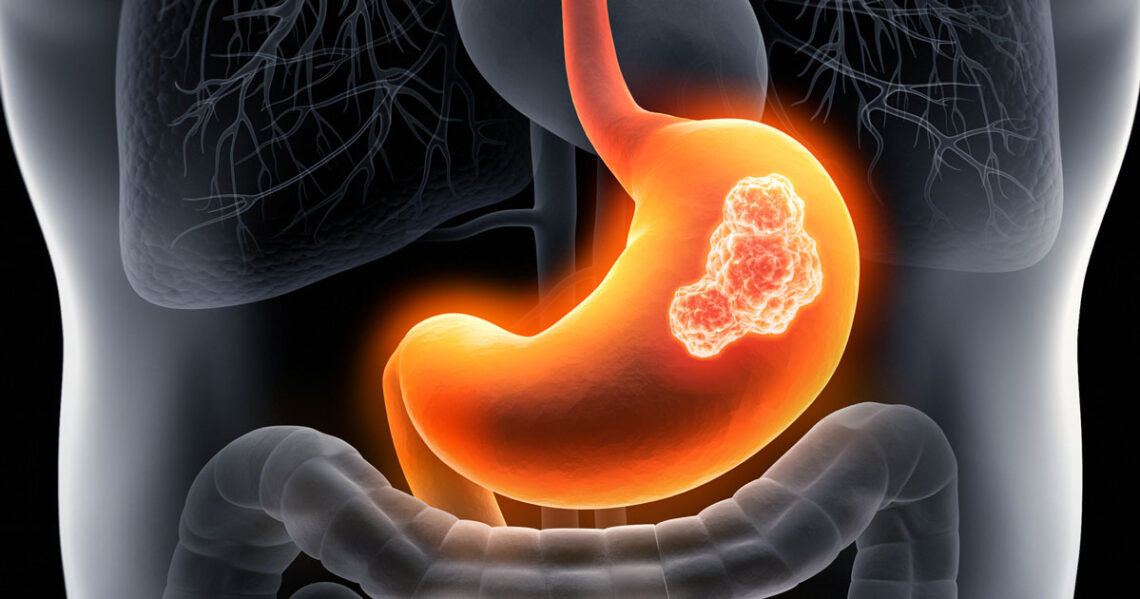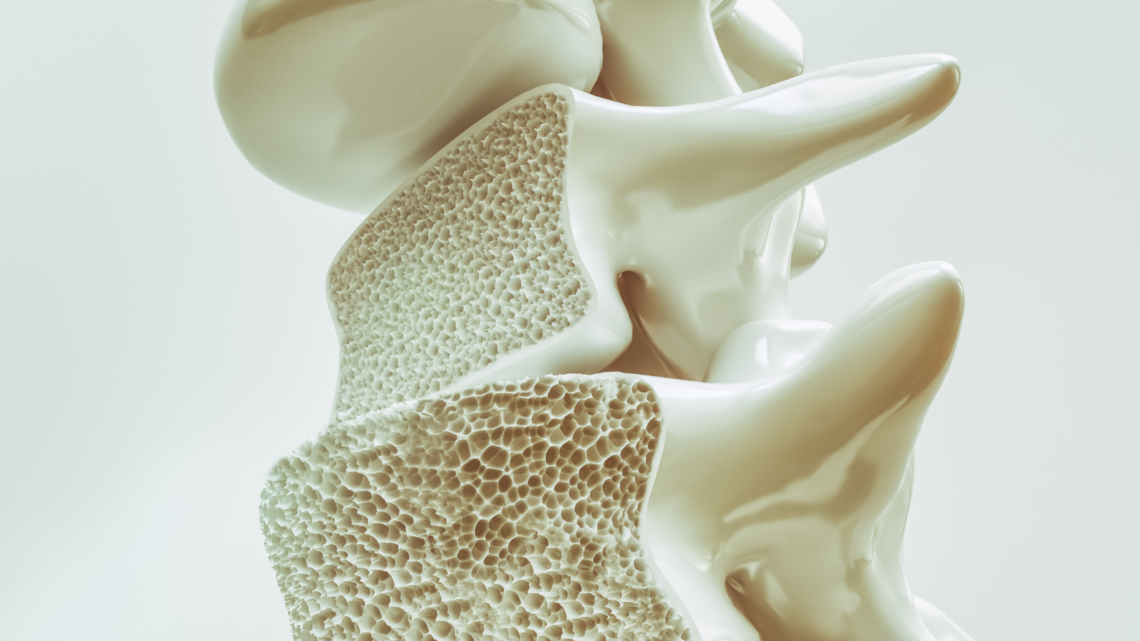-
Ultraprocessed Foods
In recent years, the topic of ultraprocessed foods has garnered significant attention. These foods, pervasive in our daily diets, have been increasingly linked to a myriad of health issues, ranging from obesity to early mortality. This article aims to shed light on the hidden dangers of ultraprocessed foods and their impact on health, as defined by current research and guidelines. Understanding Ultraprocessed Foods Ultraprocessed foods are products that are significantly altered from their original form, often with the addition of various chemicals and additives. The Food and Agriculture Organization of the United Nations categorizes these foods as containing ingredients “never or rarely used in kitchens,” along with classes of additives…
-
Stomach Cancer in Canada
With an estimated 4,000 Canadians diagnosed with stomach cancer annually, understanding this disease is crucial for early detection, effective treatment, and improving patient outcomes. This article provides an extensive overview of stomach cancer, emphasizing its prevalence, causes, symptoms, diagnosis, treatment, and prevention strategies, tailored to the Canadian context. Understanding Stomach Cancer What is Stomach Cancer? Stomach cancer occurs when malignant cells form in the lining of the stomach. These cells can grow into a tumor and spread to other parts of the body. The disease is often categorized based on where it starts in the stomach and the type of cells that become cancerous. Types of Stomach Cancer Adenocarcinoma: The…
-
Egg-cellent Benefits
Eggs, often hailed as a “superfood,” are a staple in many diets around the world. Beyond being versatile and delicious, eggs pack a significant nutritional punch, offering a range of health benefits. This article will delve into the nutritional profile of eggs, explore their health benefits, and discuss the healthiest ways to cook and consume them, with a focus on Canadian dietary guidelines and standards. Nutritional Profile of Eggs Eggs are a nutritional powerhouse, containing a variety of essential nutrients: Protein: A single large egg contains about 6 grams of high-quality protein, encompassing all nine essential amino acids. Vitamins: Eggs are a source of vitamins B2 (riboflavin), B12, D, A,…
-
Osteoporosis
Osteoporosis is a medical condition that progressively weakens bones, making them fragile and more susceptible to fractures. It is a global health issue, particularly in countries like Canada where the population is aging. Understanding osteoporosis requires an exploration of various facets including its causes, symptoms, diagnostic procedures, treatment options, and preventive measures. The Underlying Causes and Risk Factors At the heart of osteoporosis lies a disruption in the bone remodeling process. Bones are dynamic structures, constantly being broken down and rebuilt. Osteoporosis occurs when the creation of new bone doesn’t keep up with the removal of old bone. This imbalance leads to bones becoming less dense and more porous, and…
-
Easing Eczema in the Winter
Eczema, also known as atopic dermatitis, is a common skin condition marked by itchy, inflamed, and often red patches of skin. As the chilly winter months approach, many Canadians find themselves struggling with exacerbated symptoms of eczema. Understanding why eczema flares up in winter and adopting appropriate strategies can significantly improve one’s quality of life during these colder months. Understanding Eczema and Its Winter Woes Eczema is a chronic condition affecting the skin. It’s characterized by dry, itchy skin and rashes on various parts of the body. The exact cause of eczema remains unknown, but it’s believed to involve a combination of genetic and environmental factors. The condition is often…
-
Crohn’s and Colitis
Crohn’s disease and colitis, often grouped under the umbrella term ‘inflammatory bowel diseases’ (IBD), represent a significant challenge in the field of gastroenterology. Despite their prevalence and impact, misconceptions and uncertainties about these conditions persist. This article aims to demystify Crohn’s and colitis, delving into their pathophysiology, symptoms, diagnosis, treatment, and the lived experiences of those affected. At the core, Crohn’s disease and Colitis are chronic conditions characterized by inflammation of the gastrointestinal (GI) tract. However, they exhibit distinct patterns of inflammation and affected areas. Crohn’s disease can affect any part of the GI tract, from mouth to anus, but commonly targets the end of the small intestine and the…
-
Understanding Ovarian Cancer
In the landscape of women’s health, ovarian cancer stands as a silent yet significant threat. Marked by its subtle onset and often elusive symptoms, this form of cancer poses a unique challenge for both patients and healthcare providers. As we approach the end of the year, it is estimated that around 3,100 Canadian women will have been diagnosed with ovarian cancer, highlighting its prevalence and the critical need for awareness and early detection strategies. Understanding Ovarian Cancer Ovarian cancer begins in the ovaries, which are part of the female reproductive system and are responsible for producing eggs, as well as estrogen and progesterone hormones. The complexity of this cancer lies…
-
Crafting Nutritious Nighttime Meals
In the bustling rhythm of our daily lives, dinner often becomes just another task to check off our list. However, with a mindful approach, this evening meal can transform into a nourishing ritual that not only satisfies our taste buds but also supports our overall health. In this article, we delve into the essence of crafting healthy dinner ideas, focusing on the balance of nutrients, the importance of variety, and how we can adapt our evening meals to our individual health needs. The Foundation of a Healthy Dinner A well-rounded dinner consists of a harmony of macronutrients: proteins, carbohydrates, and fats, along with a generous helping of micronutrients from vegetables…
-
The Science of Movement
Kinesiology, a multifaceted field of study, delves into the science of human movement, offering valuable insights into how our bodies function and interact with their environment. As a healthcare discipline, it extends beyond mere physical education, encompassing various aspects of health, wellness, rehabilitation, and performance enhancement. At its core, kinesiology is grounded in the study of biomechanics, physiology, anatomy, and psychology. These foundational elements provide a comprehensive understanding of how muscles, bones, and joints work in concert to facilitate movement. Biomechanics, for instance, explores the mechanics of human motion, analyzing how forces impact the body during different activities. Physiological aspects consider the body’s response and adaptations to physical activity, including…
-
Children’s Health
Children, the most vulnerable and yet the most resilient members of our society, can present with unique health challenges and needs. This article delves into the multifaceted world of children’s health, addressing common issues affecting their physical, mental, and developmental well-being, with a focus on the Canadian context. The Spectrum of Infectious Diseases in Children Children’s developing immune systems often make them susceptible to a variety of infectious diseases. From the common cold to more serious illnesses like measles, the array of infections that children encounter is broad. The role of vaccinations in this setting is irreplaceable. In Canada, the immunization schedule is designed to offer protection against a plethora…









